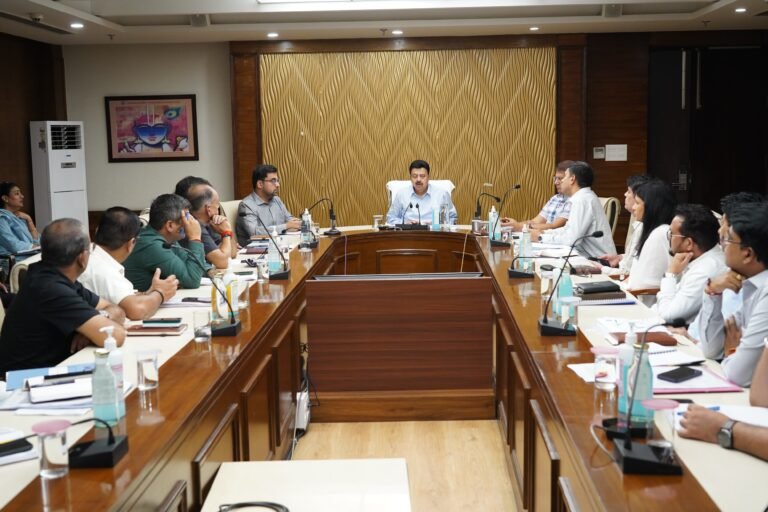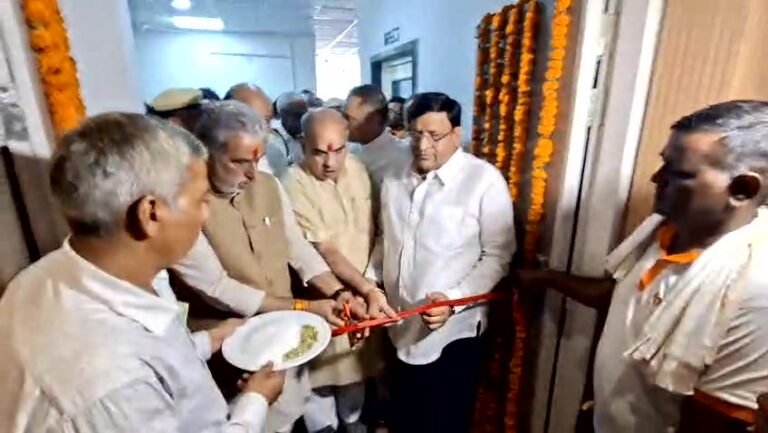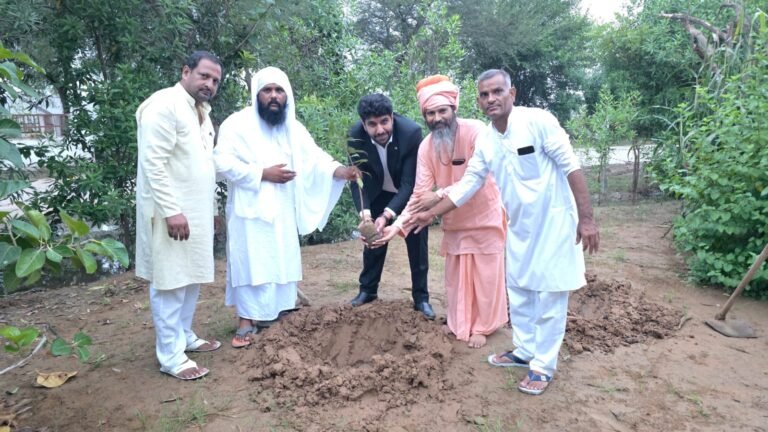
Bilkul Sateek News
Gurugram (Paridhi Dhasmana), 5 May – India has been ranked 151st out of 180 countries in the 2025 World Press Freedom Index, released by Reporters Without Borders (RSF), marking a slight improvement from its 159th position in 2024 and 161st in 2023. Despite the marginal rise, India remains in the “very serious” category, with RSF describing the state of Indian media as an “unofficial state of emergency” since Prime Minister Narendra Modi’s government came to power in 2014. This ranking underscores ongoing challenges to press freedom in the world’s largest democracy, raising concerns about the safety of journalists, media independence, and government policies.
How the World Press Freedom Index is Prepared
The RSF World Press Freedom Index, published annually since 2002, evaluates the level of press freedom in 180 countries based on a comprehensive methodology. The index focuses solely on press freedom, not the quality of journalism or broader human rights issues. It assigns each country a score from 0 to 100 (100 being the highest level of press freedom) based on five contextual indicators:
- Political Context: Examines the degree of government interference, censorship, and political pressure on the media.
- Legal Framework: Assesses laws and regulations affecting media operations, including protections for journalists and restrictions on free speech.
- Economic Context: Analyzes media ownership concentration, financial pressures, and dependence on government or corporate funding.
- Sociocultural Context: Considers societal attitudes toward journalism, including public trust and cultural barriers to free reporting.
- Safety: Measures the physical and psychological risks journalists face, including violence, arrests, and harassment.
The scoring process combines a quantitative survey of press freedom violations (e.g., journalist killings, detentions) with a qualitative questionnaire completed by experts, including journalists, academics, and human rights defenders. The methodology, updated in 2022, ensures a nuanced assessment of press freedom globally.
Why India Continues to Fare Poorly
India’s press freedom ranking has been on a downward trajectory since 2014, when it ranked 140th, compared to 80th in 2002. Several factors contribute to its persistent low ranking:
- Violence Against Journalists: India is among the world’s most dangerous countries for journalists, with an average of two to three journalists killed annually due to their work. Physical attacks, ambushes by political activists, and reprisals by criminal groups or corrupt officials are common. Since January 2024, nine journalists and one media worker have been detained.
- Concentrated Media Ownership: Media ownership is increasingly controlled by conglomerates with close ties to the government. For instance, Reliance Industries, led by Mukesh Ambani, a reported ally of Prime Minister Modi, owns over 70 media outlets reaching 800 million Indians. The 2022 acquisition of NDTV by Gautam Adani, another Modi associate, further reduced media pluralism.
- Political Interference and Partisanship: RSF notes a “spectacular rapprochement” between the ruling Bharatiya Janata Party (BJP) and media tycoons, leading to politically aligned reporting. Journalists critical of the government face online harassment, intimidation, threats, and criminal prosecutions, often under anti-terrorism or sedition laws.
- Draconian Laws: Recent legislation, including the Telecommunications Act 2023, the draft Broadcasting Services (Regulation) Bill 2023, and the Digital Personal Data Protection Act 2023, grants the government extensive powers to regulate media, censor content, and silence critics. These laws exacerbate self-censorship among journalists.
- Economic Pressures: The global decline in the economic indicator, at its lowest in 2025, affects India significantly. Media outlets struggle with financial stability due to concentrated ownership, pressure from advertisers, and limited public funding, compromising editorial independence.
- Regional Comparisons: India ranks below neighbours like Pakistan (149th), Sri Lanka (141st), and Nepal (74th), reflecting a regional trend of authoritarian pressures but also India’s specific challenges with media control and journalist safety.
Government Actions to Improve India’s Ranking
To elevate India’s position in the World Press Freedom Index, the government must address systemic issues and foster an environment conducive to free and independent journalism. Recommended actions include:
- Strengthen Journalist Safety: Enact and enforce robust laws to protect journalists from violence, harassment, and arbitrary arrests. Establish rapid-response mechanisms to investigate attacks on media professionals and ensure perpetrators face justice.
- Reform Restrictive Laws: Repeal or amend laws like the Telecommunications Act 2023 and the draft Broadcasting Services Bill that enable censorship and surveillance. Align legal frameworks with constitutional guarantees of free speech under Article 19(1)(a).
- Promote Media Pluralism: Introduce regulations to prevent media monopolies and encourage diverse ownership. Support independent media through transparent public funding and incentives for investigative journalism.
- Combat Political Interference: Ensure government agencies refrain from targeting critical journalists with legal or extralegal measures. Foster a culture of open dialogue by allowing media to question government policies without fear of retribution.
- Enhance Transparency in RSF Methodology Engagement: While the government has criticized RSF’s methodology as non-transparent, engaging constructively with RSF to clarify data and address discrepancies could improve India’s scoring. This includes providing accurate data on journalist safety and media independence.
- Support Economic Viability of Media: Develop policies to bolster the financial stability of independent media outlets, such as tax breaks or grants, to reduce reliance on corporate or political funding.
- Public Awareness Campaigns: Promote societal respect for journalism through campaigns that highlight the media’s role in democracy, countering misinformation and harassment against journalists.
A Call for Democratic Renewal
India’s 151st ranking in the 2025 World Press Freedom Index is a sobering reminder of the challenges facing its media landscape. While the slight improvement from 159th in 2024 offers a glimmer of hope, the “very serious” classification signals a deeper crisis. Press freedom is a cornerstone of democracy, and India’s vibrant media ecosystem—comprising over 140,000 publications and 900 television channels—deserves protection.
As RSF warns of a global decline in press freedom, India has an opportunity to lead by example. By prioritizing journalist safety, dismantling restrictive laws, and fostering media independence, the government can not only improve its ranking but also strengthen the democratic fabric of the nation. The path forward requires bold reforms and a renewed commitment to the principles of free expression enshrined in India’s Constitution.







